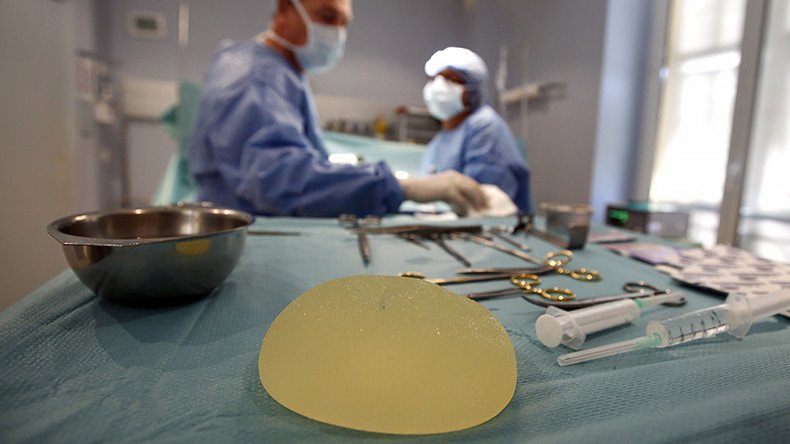Surge in Australian breast cancer cases linked to cheap breast implants

A recent spate of breast cancer diagnoses among women in Australia has been directly linked to cheap breast implants.
The country’s health regulators are examining a connection between the cheap textured devices and a growing number of cases of a rare blood cancer called anaplastic large cell carcinoma (ALCL).
The Herald Sun reports that 90 percent of women in Australia who have had a breast implant in the country have the type under investigation by regulators.
READ MORE: Breast implants can slow bullets, study proves (VIDEO)
The Therapeutic Goods Administration (TGA) has reported 55 cases in which ACL has been diagnosed in women with breast implants. Among the 55, four women have died.
Scientists discover protein that could stop breast cancer spreading - study https://t.co/fBeEq7ihJ9pic.twitter.com/OnFSsCnBHy
— RT (@RT_com) February 10, 2016
The number of diagnoses detected has been upwardly revised since last December.
“Australian specialist plastic surgeons have been at the forefront of research into this lymphoma,” Dr Mark Magnusson of the Australian Society of Plastic Surgeons said in a statement.
“(We) are working closely with the TGA [Therapeutic Goods Administration] to share information, including recent research identifying an increased risk of the disease.”
READ MORE: Defective breast implants: German product certifier to pay over $90mn to 20,000 women
ALCL is a rare type of lymphoma that develops beside the breast implant and can take three to 14 years to develop.
The Australian Society of Plastic Surgeons say the most common symptom of the disease is a persistent swelling of the breast but a lump in the breast or armpit are other signs.












